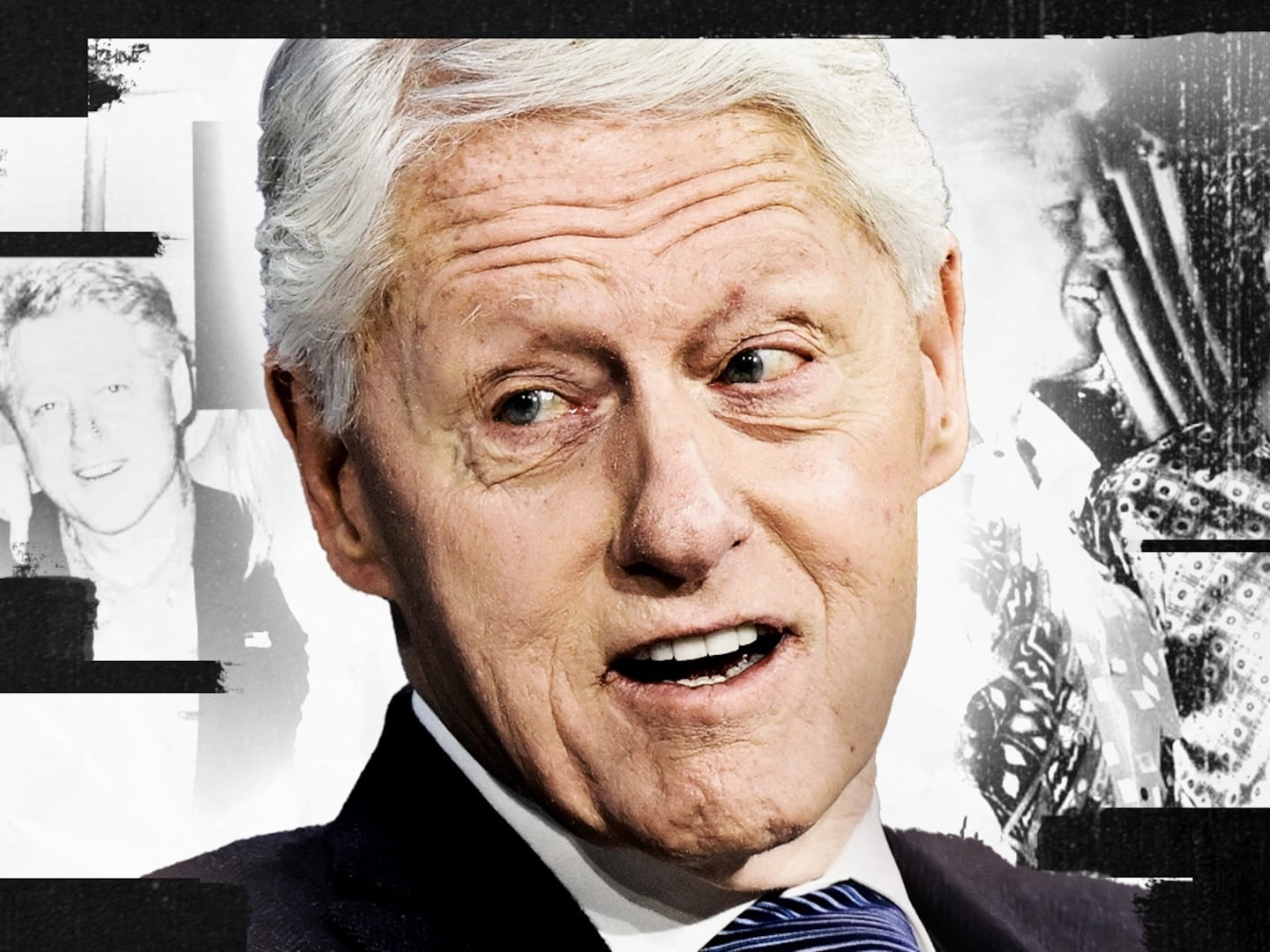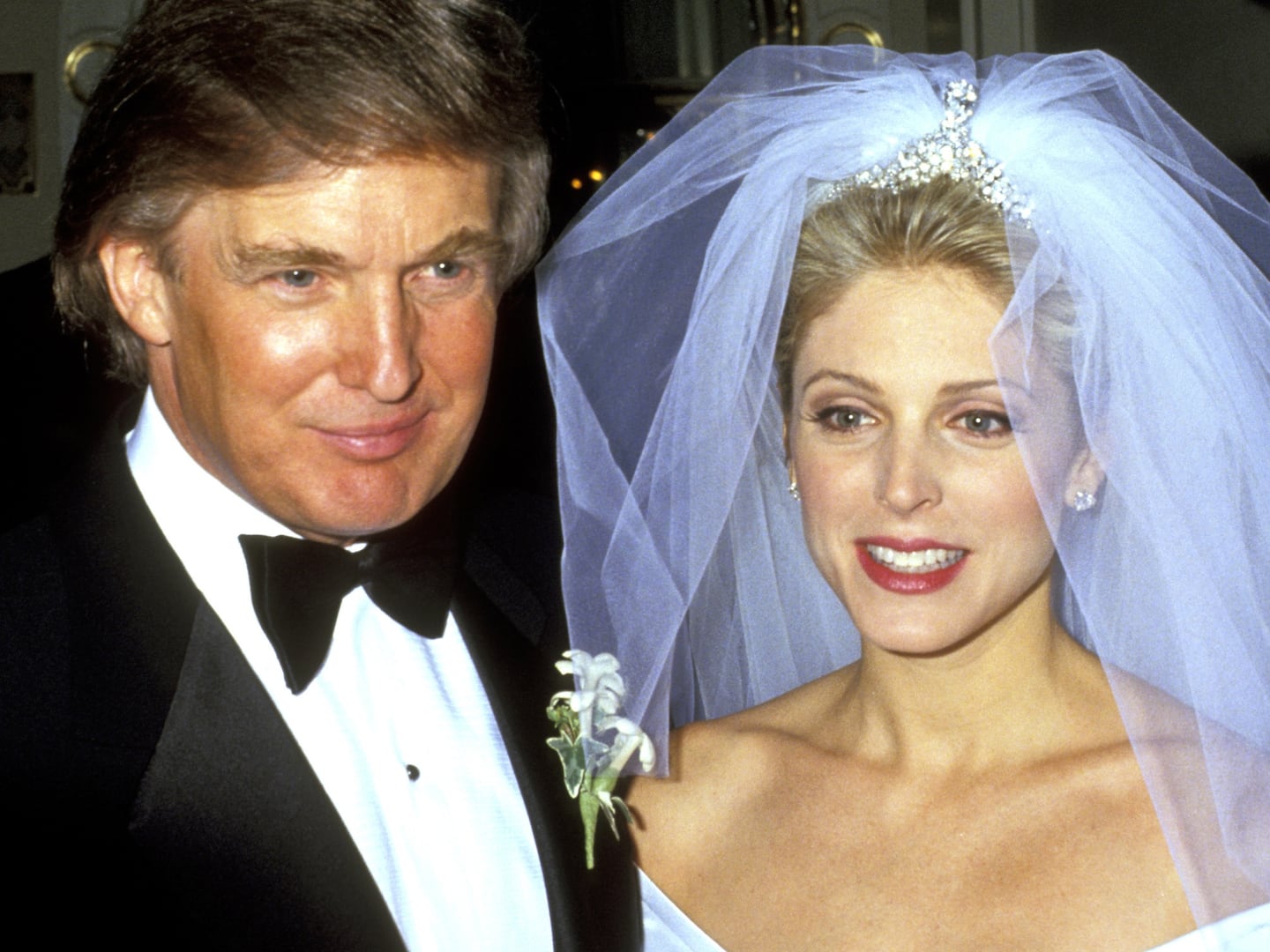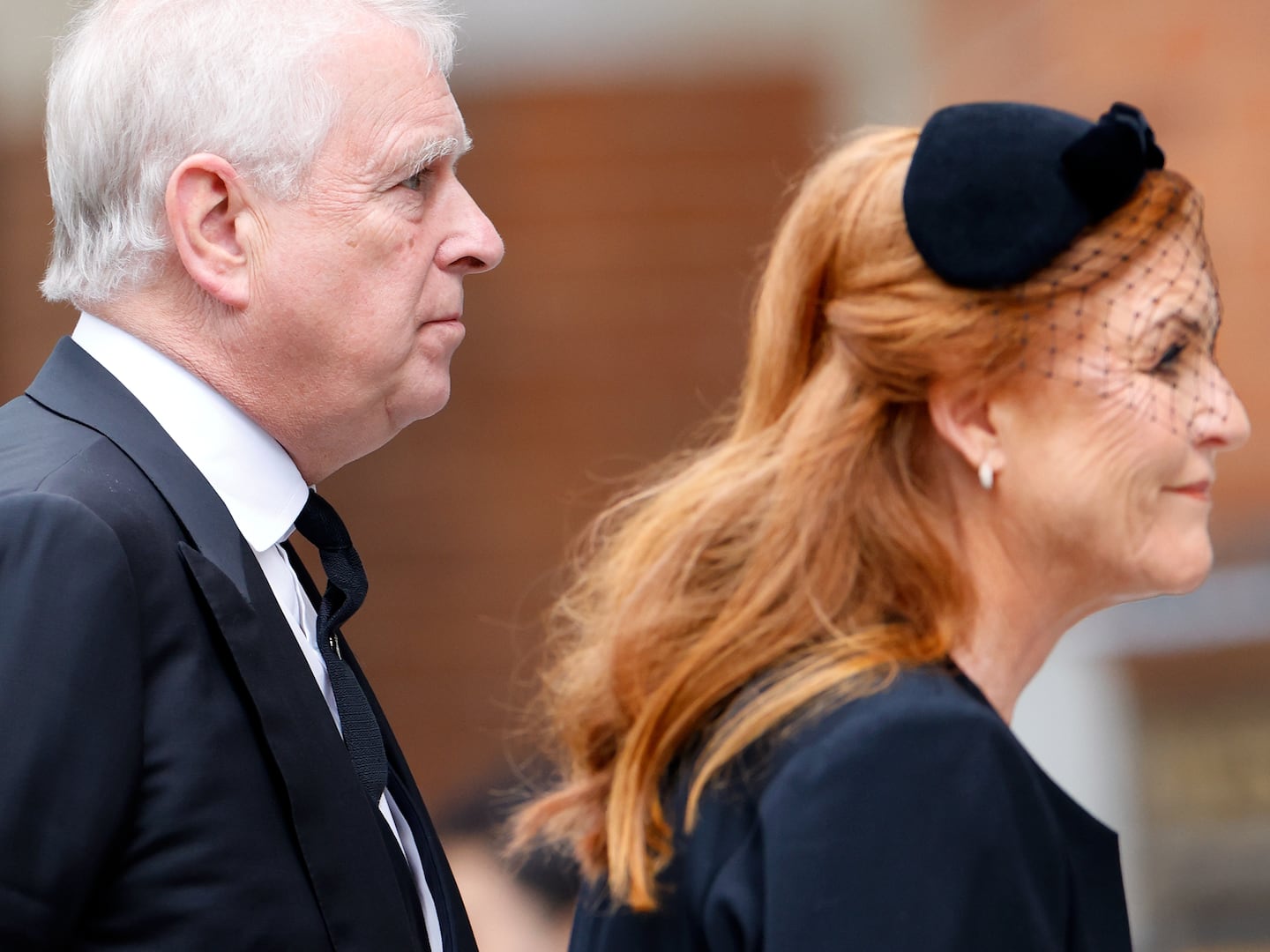1. When Mick Was Mike Mick Jagger was so rebellious that he even bucked the trend of iconic artists growing up in a traumatic household. Basil Fanshawe Jagger, known as Joe, and Eva Ensley Scutts were a loving and “thoroughly compatible” couple, devoted to their children and each other. Mike Jagger, as he was known then, was raised in a very happy home. He was a star pupil and excelled in sports, and he was not rebellious at all. “A very pleasant boy,” according to his father. At the age of 8 he met a boy in school with “protruding ears and hollow cheeks.” The boy’s name was Keith Richards. Richards told Jagger that when he grew up, he wanted to be like “King of the Cowboys” Roy Rogers and play a guitar. Jagger was indifferent—“He was already good at being indifferent.”
2. Scrawny, but the Girls Loved HimThe opposite sex was on many puberty-reaching boys’ minds, but Jagger had little going for him. He was not good-looking and had a mouth that, “like certain breeds of bull-baiting terriers, seemed to occupy the entire lower half of his face.” He was still achieving in school and sports, though less brilliantly than before, and was somewhat small and scrawny. But Jagger always provoked the most “smiles, blushes, giggles, and whispered discussions” from the girls. But other boys bullied him for his looks, and even strangely threw the N-word at him, though he would eventually find the comparison flattering, as he would soon adore Little Richard. He and three friends, including Dick Taylor, formed a blues band, and Jagger was the vocalist. He refused to play guitar and stood there in front of the other three, “as incomplete and exposed without that instantly glamorizing, dignifying prop.” He needed to do something, so he moved to the music as he sang.
3. Locked in a Room With KeithJagger did well enough in school to enroll in the London School of Economics, but while there he met up again with Richards, who joined the band. The goody-goody Jagger started becoming more like Richards and began calling himself “Mick.” Later, they encountered a guitarist named Brian Jones, who was starting a band. Jones called the band “the Rolling Stones” while dictating a small ad over the phone to the magazine Jazz News, a debt to Muddy Waters’s 1950 song “Rolling Stone” as well as a line in “Mannish Boy.” Jagger was 19. Then they met Andrew Loog Oldham, who was a young, hip manager before there was such a thing. Oldham had wanted to work with the Beatles, but instead he discovered Jagger and the Stones. Jagger soon dropped out of LSE, and his father was “very upset.” The Beatles were already playing before the queen but the Stones still only had half a hit to their name. (In 1963, the Stones opened for the Beatles in a show called “The Great Pop Prom” at the Royal Albert Hall.) So Oldham would remove all the food and drinks from a kitchen and lock Jagger and Richards in it, telling them if they wanted to eat they had better write some songs. It worked.

4. His First Trip, a Bad One Jagger had just broken up with a black American girl named Cleo, who had caught his eye while he performed at the Marquee Club. One night in 1963, when the Stones were performing at the Ricky-Tick, Jagger launched into Bo Diddley’s “Pretty Thing,” which goes, “Let me buy you a wedding ring.” He was addressing the lines to 17-year-old Christine Shrimpton, sister to Jean, the increasingly famous fashion model. They began “going steady,” but they also had explosive, sometimes physically violent quarrels. The Stones became more and more famous, and on the road (including tours in America), out of Shrimpton’s sight, Jagger would try to seduce any attractive young female, asking if his pants were too tight around his crotch. Shrimpton said she knew he was unfaithful to her three times, but “there must have been many more times.” At a party in a castle in 1966, Shrimpton said Jagger sampled acid for the first time. (Jones and Richards had already tried the stuff and felt a kinship for having discovered it together, one that would alienate Jagger for a time.) But he took the “sparkle” just before driving Shrimpton down a narrow winding mountain road. “He became convinced that a medieval pike had materialized inside the car and the Duke of Edinbugh’s severed head was grinning at him from the end of it.” They survived the drive.
5. First Suicide Attempt Over Mick? Marianne Faithfull, a budding singer in her own right, had wanted to be with Richards, but Richards worshipped Brian Jones’s then-girlfriend, Anita Pallenberg. Jagger began secretly visiting Faithfull in 1966, as he grew distant from Shrimpton. Jagger began ignoring Shrimpton to be with Faithfull, although she slept with Richards one time (“the best night of my life”) before getting together with Jagger. One day, after discovering that their flight to Jamaica for a holiday had been canceled, Shrimpton took an overdose of sleeping pills. Her father had to retrieve her from the clinic, and only while she was recuperating at home did she learn from the newspapers about Jagger and Faithfull. She was cast off “with as little difficulty as a once-worn satin shirt,” while the new pair of lovers vacationed in the Mediterranean.
6. 1967 Drug Bust In an article on Feb. 5, 1967, the broadsheet News of the World had claimed that Jagger had confessed to using LSD and offered a reporter marijuana. The Stone they talked to was probably Brian Jones instead of Jagger. Jagger sued the paper for damages, But “for someone always so cautious and coolly calculating, Mick’s next step was one of bewildering stupidity,” Norman writes. The next weekend, after the Stones visited Abbey Road studios to watch the Beatles record a new track called “A Day in the Life,” Jagger and Faithfull went to take LSD at Richards’s new home at Redlands, in the Sussex countryside. Someone called the cops about a “riotous party” going on. When the police arrived, the visitors were all chilling out. Though Jagger and Richards behaved with utter politeness, everyone was searched. (Faithfull had only a fur rug on.) An officer searched Jagger and Faithfull’s bedroom, and found inside the pocket of a man’s jacket a vial of four tablets of amphetamines that Faithfull had bought, slipped into the jacket, and forgotten about. Jagger identified them as his. They were taken in for tests, but no arrest was made, and a stash of acid right in the middle of the living room was left mysteriously undisturbed. NotW reported on the drug bust with precision. A month later, Jagger and Richards were officially charged with drug offenses. To make matters worse, in a gathering in Morocco to take the heat off, Richards had successfully seduced Anita Pallenberg away from Brian Jones, who was really the one most affected by drug addiction. Oldham, their manager, went to California to escape the mess, stranding Jagger.
On May 10, Jones’s house also was raided, and he was arrested for possession of cannabis. In July, Jagger was sentenced to three months in prison, Richards to one year. Their sentences began immediately, but the prison system went easy on them—their hair was not cut. An appeal was filed, and by the next day, the two were sprung from jail. Jagger’s room “wasn’t so much worse than a hotel room in Minnesota,” he said later. “We had very, very good treatment.”
At the end of the month, an appeals court overturned Richards’s conviction and reduced Jagger’s to a conditional discharge. In December, Jones was fined and told to seek professional help.
Norman believes the informant in the drug bust was a man named David Jove, called Acid King David, who owned the stash of acid in the living room. Norman says he had been caught with drugs at Heathrow Airport, handed over to some “heavy people,” and told to infiltrate the Stones’ circle and get Jagger and Richards busted.
7. Killing at Altamont SpeedwayJagger was fiercely criticized for organizing and continuing with the free concert at the Altamont Speedway in Northern California on Dec. 6, 1969. The legend goes that the Stones had insisted on playing despite increasing violence at the venue, and that Jagger was singing “Sympathy for the Devil” without being aware that the Hell’s Angels, hired to provide security, had stabbed an innocent young man to death. Norman writes that the Hell’s Angels had been hired by the Grateful Dead and that Jagger had shown remarkable courage and care by pleading for people to calm down while a fight broke out during the song. During “Under My Thumb,” the next song, a young black man in a pale green suit, 18-year-old Meredith Hunter, was brandishing a handgun and struggling violently with his white girlfriend. A Hell’s Angel intervened and stabbed Hunter in the neck with a 7-inch knife. Jagger didn’t know what had happened, but despite the chaos he insisted on finishing the set. He would be chastised by the media for it. The New Yorker’s Pauline Kael wrote: “Jagger’s performing style is a form of aggression.”
8. The Marianne Faithfull BreakupIn 1968, Faithfull was pregnant with Jagger’s baby when she suffered a miscarriage and was devastated. She became addicted to cocaine, morphine (“Sister Morphine”), heroin, and other drugs, while Jagger had an affair with a black American singer-actress named Marsha Hunt. On July 3, 1969, Brian Jones was found dead at the age of 27 in his swimming pool. Jagger and Faithfull couldn’t attend the funeral because they had to fly to Sydney, where Jagger was to begin filming the movie Ned Kelly. The night they arrived in Australia, Faithfull claimed that she looked into her dressing-table mirror and saw Jones’s face looking back at her. She then swallowed 150 barbiturate tablets. She was revived but remained in a coma for six days. (“Wild horses wouldn’t drag me away,” she replied to Jagger when she woke.) Later that year, just before the Altamont concert, she ran off with an Italian photographer. Jagger wooed her back, but the next summer she left him for good. Hunt moved in and became pregnant with Jagger’s baby.
9. Bianca, the ‘Official Girlfriend’While Hunt was pregnant, Jagger called her from Paris one night and said he’d been feeling lonely (though he had been sleeping with the “cook,” Janice Kenner, the whole time) and had met Bianca Pérez-Mora Macias, a 25-year-old from Nicaragua, at a party. Macias was the official girlfriend, while Hunt gave birth to daughter Karis and went through the whole process alone, checking herself into the hospital. Macias became Jagger’s first wife when they married in 1971, and their daughter, Jade, was born the same year.
10. The ‘Electric Sensation’ With JerryBeing married didn’t stop Jagger from courting singer Bryan Ferry’s 19-year-old fiancée, Jerry Hall, an American fashion model who felt “an electric sensation” when Jagger pressed his knees hard against hers during a car journey on the night they all met after a concert in 1976. A year later, the pair reconnected in New York—at which point Jagger had already been linked to three affairs—and Jagger “laid siege” on her. Later they flew to Morocco, where news of their affair leaked out to Ferry, who talked about beating Jagger up. Macias filed for divorce in 1978, citing adultery. Jagger and Hall didn’t marry until 1990.
11. A Stingy SplitIn 1999, after 20 years and four children together, Hall sued for divorce on the grounds of “multiple infidelities.” Jagger had fathered a child with 29-year-old Brazilian lingerie model Luciana Morad, bringing his tally of children to seven, by four women. Jagger was calculating and stingy throughout the proceedings, and, trying to stop Jerry from getting at his fortune, he claimed their wedding, in a Balinese woodcarver’s hut in 1990, was unofficial. The marriage was indeed annulled. Since then, Jagger’s been linked to countless women. He is still a rolling stone.






